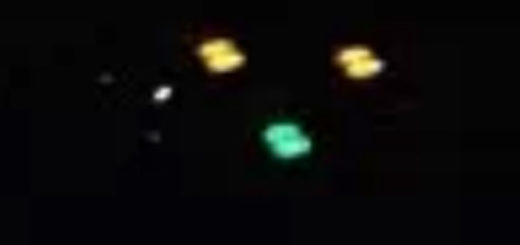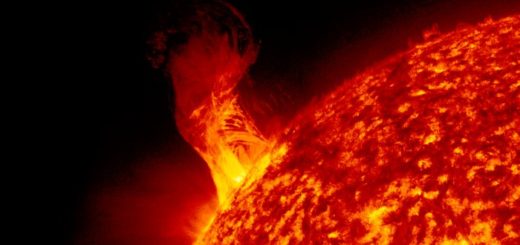Odd Comet 45P Doesn’t Quite Match Any Comet Studied So Far, Researchers Say

An interesting celestial object known as Comet 45P zipped past Earth early in 2017 while it was observed from NASA’s Infrared Telescope Facility (IRTF) in Hawai’i.
The results of these observations are important for study of ices in Jupiter-family comets and reveal that quirky 45P doesn’t quite match any comet studied so far.
The comet—officially named 45P/Honda-Mrkos-Pajdušáková—belongs to the Jupiter family of comets, frequent orbiters that loop around the Sun about every five to seven years. Much less is known about native ices in this group than in the long-haul comets from the Oort Cloud.
While observing for two days in early January 2017—shortly after 45P’s closest approach to the Sun, researchers analyzed carbon monoxide, methane (which are hard to detect in Jupiter-family comets) , water and six other native ices. The gases all originate from the nucleus that contain rock, dust and ices.
For five ices, including carbon monoxide and methane, the researchers compared levels on the sun-drenched side of the comet to the shaded side. These native ices are thought to hold clues to the comet’s history and how it has been aging.
“Comets retain a record of conditions from the early solar system, but astronomers think some comets might preserve that history more completely than others,” Michael DiSanti, an astronomer at NASA’s Goddard Space Flight Center in Greenbelt, Maryland, and lead author of the new study, explained in a press release.
Astronomers used iSHELL high-resolution spectroscopy of the IRTF and determined that 45P is running so low on frozen carbon monoxide, that it is officially considered depleted, but the comet should have little methane, too.
45P, however, is rich in methane and is one of the rare comets that contain more methane than carbon monoxide ice.
It’s possible that the methane is trapped inside other ice, making it more likely to stick around. But the researchers think the carbon monoxide might have reacted with hydrogen to form methanol. The team found that 45P has a larger-than-average share of frozen methanol.
The next step in this research is to figure out how typical their results might be among similar comets. 45P was the first of five such short-period comets that are available for study in 2017 and 2018.
“Comet scientists are like archaeologists, studying old samples to understand the past,” said Boncho Bonev, an astronomer at American University and the second author on the paper.
“We want to distinguish comets as they formed from the processing they might have experienced, like separating historical relics from later contamination.”



 Creators of mankind
Creators of mankind Description of “Tall white aliens”
Description of “Tall white aliens” Where they came from?
Where they came from? About hostile civilizations
About hostile civilizations The war for the Earth
The war for the Earth “Tall white aliens” about eternal life
“Tall white aliens” about eternal life Video: “Nordic aliens”
Video: “Nordic aliens” Aliens
Aliens Alien encounters
Alien encounters The aliens base
The aliens base UFO
UFO Technology UFO
Technology UFO Underground civilization
Underground civilization Ancient alien artifacts
Ancient alien artifacts Military and UFO
Military and UFO Mysteries and hypotheses
Mysteries and hypotheses Scientific facts
Scientific facts


















